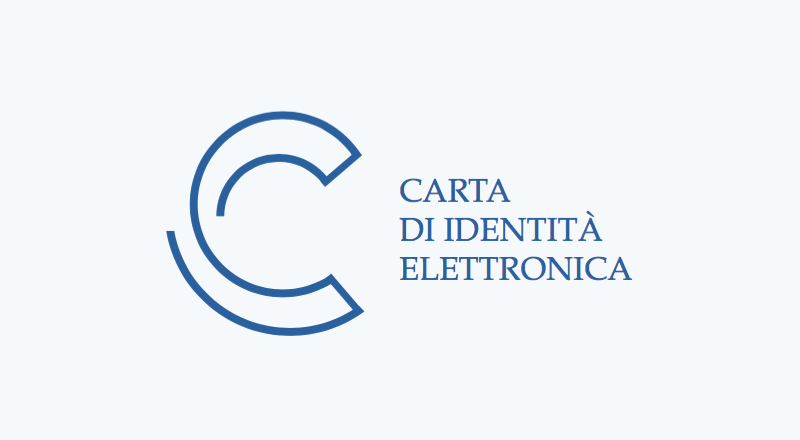Enabling Platform
CIE
Electronic Identity Card
The new electronic identity card is more than a simple piece of plastic: thanks to it RF microprocessor it can be read by NFC devices (such as a smartphone) and used for granting access to facilities or for creating secure connections (TLS) to network services.
Community leaders
Intro
The Electronic Identity Card (CIE) version 3.0 is already distributed in more than 90% of the Italian territory to citizens who ask for a new identity card or renew an expired/lost one.
The CIE is not only an identity card, but it’s also a technology that enables new digital services for citizens, that can be used also via smartphones and tablets, thanks to the NFC microchip. Every Italian citizen, in a few years, will carry a unique and secure NFC token in their pockets. This will enable several applications:
-
Low-security electronic passages, like entrance to gyms, where the card can be simply brought close to a reader.
-
High-security elecronic passages, like entrance to sport venues, where many people need to be identified securely and enter quickly.
-
Public transportation, also coupled with a digital wallet for paying the ticket.
-
Presence check at workplace.
-
Hotel checkin, without the need for making copies of the document.
This will be made possible thanks to the identification features embedded in the microchip, whose specifics are open and downloadable from this page.
Enter the forum Chat on Slack (#cie) (sign up)
Information provided by the card
The CIE contains the following information, accessible in different ways and according to different levels of protection:
- Freely accessible data: unique card identifier (NIS)
- Data accessible by scanning the MRZ code o by typing the CAN number (both printed on the card): name, family name, date and place of birth, gender, nationality, validity for traveling abroad, picture, parents (if the card was emitted when the owner was not of legal age), address (when the card was emitted), tax code, ID number
- Data accessible by typing the PIN (provided separately): TLS client certificate
- Data accessible only by law enforcement: fingerprints
For more details check this table. Open source resources (SDK, examples) listed in this page allow to read the above data in custom applications.

Resources
-
Middleware for Windows
The middleware package allows to use the card for accessing web services protected by client authentication.
-
Middleware for macOS
The middleware package allows to use the card for accessing web services protected by client authentication.
-
Middleware for Linux
The middleware package allows to use the card for accessing web services protected by client authentication.
-
SDK for Android - Entra con CIE
SDK for Android for the "Login with CIE" authentication method
-
CIE/CNS Apache Docker
Docker image for exposing a web server with CIE or CNS based authentication
-
IDEA (app Android)
Source code of the IDEA app for Android which allows to read and view card contents with a smartphone
-
SDK for .NET (MRTD)
.NET library for reading the MRTD/ICAO information
-
Example desktop application (MRTD)
Example desktop application for reading MRTD/ICAO data using the .NET library
-
Example web application (MRTD)
Example web application for reading MRTD/ICAO data using the .NET library
-
SDK for Arduino (NIS)
SPI/I2C library for reading the unique card number (NIS) with Arduino
-
SDK for Python (NIS)
Python library for reading the unique card number (NIS)
-
SDK for C++ (NIS)
C++ library for reading the unique card number (NIS)
-
SDK for Java (NIS)
Java library for reading the unique card number (NIS)
-
SDK for Objective-C (NIS)
Objective-C library for reading the unique card number (NIS)
